Over the last decade, a variety of new and exciting technologies influenced both theme park attractions and the overall guest experience. Some caught on, while others were short-lived. So what do the 2020s hold? How will the theme park experience in 2019 compare to 2029?
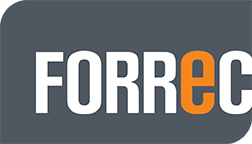 To learn what the next decade holds for in-park technology, we spoke with Eric J. O’Rourke, senior director of the theme parks division of FORREC, a Toronto-based entertainment design company. He shared fascinating insight into how technology will extend beyond just high-tech rides.
To learn what the next decade holds for in-park technology, we spoke with Eric J. O’Rourke, senior director of the theme parks division of FORREC, a Toronto-based entertainment design company. He shared fascinating insight into how technology will extend beyond just high-tech rides.
C101: Can you tell us a little bit about what you do at FORREC and your history with the company?
Eric: After joining FORREC in 2009 as a Senior Designer/Project Manager, I assumed the role of Sector Lead for Resorts and guided the strategic repositioning of the Resorts Sector. In my current role as Senior Director – Theme Parks, I have the privilege of leading the company’s largest, established business unit.
I get to tap into my analytical skills to problem solve, financial acumen and creative skills to direct and deliver cutting-edge projects and design excellence. It keeps me busy and supercharged as each day is different from the next. The best part is that I get to continue learning, guiding clients and mentoring staff all at the same time. It’s wild and unbelievably fulfilling!
What led you to the theme park industry?
After years and years of pleading with the family, the day finally arrived — it was Christmas 1989 and my parents said, “We’re going to Disney World!”. I was an 11-year-old kid from Jersey and the only time I ever made it down to Florida was to stay with my grandparents who lived in Boca Raton on a golf course. Each time we went to Florida, I had hoped it would somehow, someway turn into a family vacation to Orlando, the theme park capital of the world. I wished and wished, and now I get to live and work in this amazing industry every day.
As we reflect on the past decade, what are some of the lesser-known, under-the-radar trends that you saw emerge in the 2010s regarding in-park technology?
The operational technology gets less acknowledgment compared to the fun ones on the rides. The basic Internet of Things (IoT) has helped to improve the overall guest experience with fewer ticket windows required and reducing the amount of time waiting in line for your park tickets. Guests can also purchase tickets online before even stepping foot in the theme park, making entering the park more efficient to maximize their time on rides and attractions.
The apps that each of the major parks utilizes, while a little basic in functionality now, will improve and evolve to enhance the guest time in the park. They also allow guests to check wait times, plan out their day and optimize their time spent participating in the experience and less time waiting in lines. From a sustainability perspective, apps allow the parks to print fewer paper maps — reducing waste and improving search functionalities of restaurants and snack locations, attractions, washrooms and lockers.
What about trends regarding the physical design of theme parks?
- Smaller footprints, smaller parks with more choices for the guest. Location-Based Entertainment (LBE) is not just for gated theme parks as we know them today. Land is at a premium and you don’t need huge pieces of land to deliver a knock-your-socks-off guest experience anymore. LBE is showing up in downtown urban areas and as anchors for commercial and tourism areas. Technology can cause spaces to feel larger than they actually are.
- Sustainability and environmentally responsible design will be a must very soon. It’s already top of mind with some but will become an integral part of the final outcome for theme parks because guests are becoming more discerning and governments are setting stronger regulations and all of us have a moral compass to follow. FORREC has been forging ahead with green initiatives for our projects and will continue to push the envelope on LBE. What if we left the world a better place than we found it and one where people had an immense amount of fun doing it?
- Food and beverage, and retail are no longer secondary add on programs. They have leveled up to become part of the main offering at theme parks and can deliver an experience that is on brand and part of the overall guest immersion.
- Flexible ticketing or a micro ticket could lead guests to increased choices in their entertainment options. Instead of a full day outing for hundreds of dollars, it becomes more of a lunch and matinee show or dinner and a movie model. A three to four hour or half-day commitment instead of a full-on, and sometimes long day at the park.
Virtual reality (VR) has made a significant impact on the theme park experience over the last 10 years. What do you think the next 10 years hold for the use of VR in theme parks?
VR was everywhere and came to proliferation like a space shuttle. It is quickly coming back down to earth now being used more appropriately and not just for the sake of using technology. I suspect it is going to continue to fall off the radar a bit and ultimately it will be replaced with Augmented Reality (AR) which provides more immersion and personalization for the guest.
Personalization is key to VR and AR’s success. This is achieved by having guests interact with the systems and not using them as just a data collection tool. With a good AR system, we can set up the system to identify users and deliver content to them, experiences, or functionality that matches their role. Personalization can be made down at the individual level or at the group level. At the end of the day, everyone wants to feel special and have a sense that this experience was only for them.
Customization could be the next bar to level up in the realm of VR. This is achieved by the user, rather than the system. The question becomes how we enable the user to affect the system and make changes to an experience to meet their specific needs by configuring layout, content, or system functionality. Customization lets users make their own selections about what they want to see or set preferences for how information is organized or displayed. For example, it may involve moving items around an interface to reflect the users’ priorities, selecting topics of interest, or altering patterns or other factors related to the visual design of an interface.
Are there any other up-and-coming technologies that you think will further blur the line between what’s real and what’s artificial?
Haptic technology, also known as kinaesthetic communication or 3D touch, refers to a technology that can create an experience of touch by applying forces, vibrations, or motions to the user. It is mind-blowing and super cool to think we have the capabilities to create actual forcefield like experience now. This will add a whole other dimension or sensory experience to LBE.
What new and forthcoming trends in the theme park industry excite you the most for the 2020s?
- Using our in-house creative talent to build brands and Intellectual Properties (IPs) for our clients. There is a finite number of internationally recognized brands. There is also a significant amount of capital investment and licensing fees associated with the large IPs and these investments do not always guarantee success.
- Authenticity and using technology to create a remarkable guest experience. One that engages and socializes the guest, not one where technology is used for technology’s sake. I always ask our clients and our own creatives, “is it about the technology or is it about the experience delivered by the technology?
Are there any technologies that you see being used more to improve the overall park-going experience rather than within single attractions?
- Parkwide gamification and leveling up. Many video games are a multi-generational experience now and we have stories that cross generations — Gen X grew up with Star Wars, Nintendo and EA Sports which are now popular with younger generations as well.
- Location ID solutions for itinerary customization and even ordering food and having it delivered to a specified patio or while you wait in the two and a half-hour queue for the latest and greatest attraction.
- Facial and voice recognition to assist in the customization of the guests’ attraction experience. Ride vehicles will be able to respond to behavior-based decisions by the guest.
- Wearable technology will be the proliferation of AR through glasses. Imagine a fully immersive personalized and customized LBE experience.
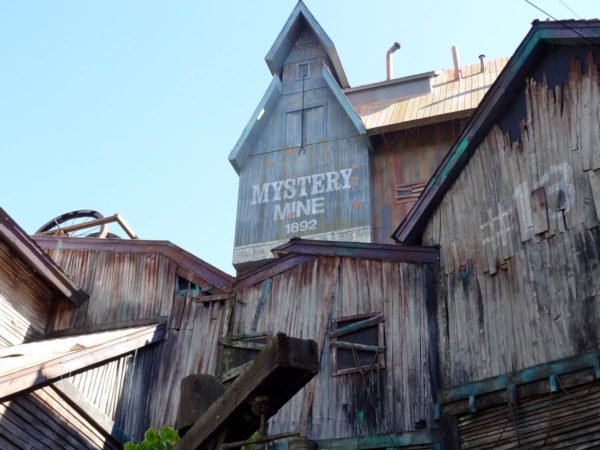
FORREC has a rich history working with Herschend Family Entertainment, Dollywood’s co-owner. Mystery Mine is just one of many attractions born from that partnership.
Will any of these technologies or trends change the way that theme parks are designed — such as thematic elements, architecture design and landscape design?
Instagram has had such a massive impact on how parks are designed. To the point where multiple parks have put “Instagram” moments or “photo spots” on the pavement or floor finish to indicate to guests precisely where to stand to capture that “Insta” moment. The photo is epic, you upload it to your various social media platforms so your network can marvel at your stylish experience and have a little FOMO (fear of missing out).
Do you think the way that parks and attractions tell stories will change in the coming years?
Yes, there will be more immersion, more personalization and with technology, these experiences can take place inside or outside the gate. They are also capitalizing on seasonal stories with the addition of special events and attractions for Halloween and Christmas.
How have theme park guests’ expectations changed in the last decade, and are there any similar trends or shifts you expect to see in the near future?
Driverless vehicles to reduce the sea of asphalt necessary to park the cars. These vehicles could be branded experiences that pick you up from your hotel, and while delivering you to your favorite theme park land you have already had an on-brand personalized experience and maybe even a light breakfast.
What do you think have been some of the factors that have led to FORREC’s success and longevity? What makes the company a leader in this industry?
Integrity, creativity and ability to be nimble. We work alongside our clients as true partners to help guide and create the best creative and innovative work possible. FORREC has been at the forefront of the industry for over 35 years.
What advice do you have for students and young professionals in the amusement industry who want to work in this discipline?
There are so many entry points to the industry. Don’t be afraid, just go for it!
Anything else to add or additional thoughts:
Overall, the industry has been quite slow to adapt in many fundamental areas, like sustainability, food and beverage, and hotels, to name a few. This may be related to the fact the entertainment business has been burgeoning for years, therefore, lacking a need to adapt.
While being slow to adapt to some logical business improvements, theme parks have continued with advancement and innovation by tirelessly pushing the boundaries of technological know-how and wow. The objective always being to deliver an enhanced guest experience that ultimately drives repeat visitation and increases the return on investment for the owner and operators of these idyllic places. If you are still in doubt, just take a quick look at the types and number of patents filed by theme park designers, operators and owners.
We’d like to thank Eric for taking time out of his schedule to speak with us.
To learn more about FORREC and see some very impressive examples of their work, check out their website. And if you’re in the mood for a longer read and to see even more of FORREC’s amazing work, take a look at this brochure.
What technologies and trends are you most excited to see in the 2020s? Let us know in the comments section below.


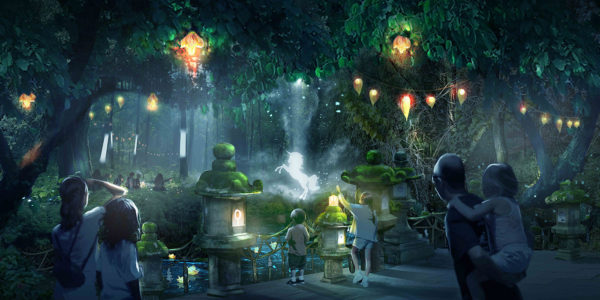
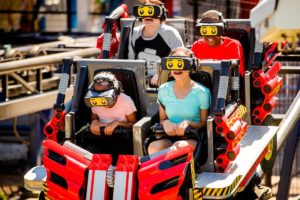
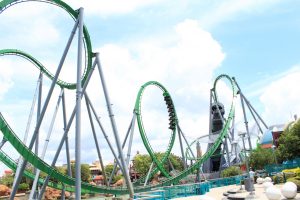
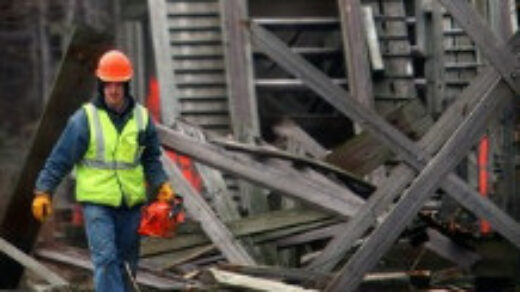
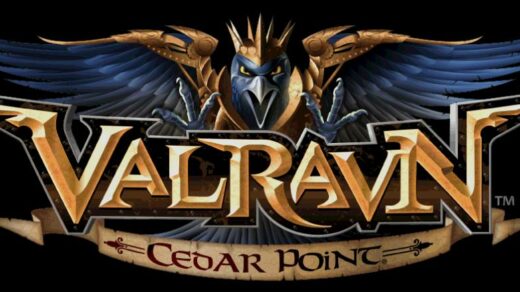
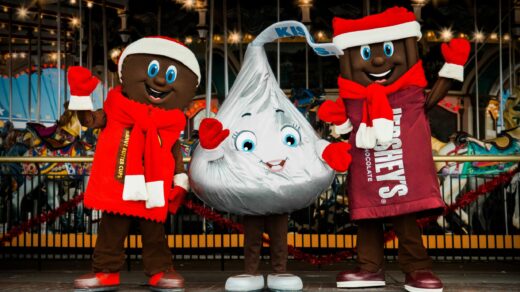



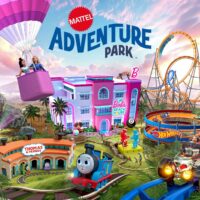





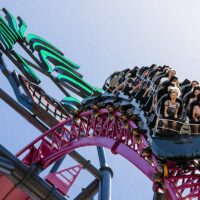
Recent Discussion